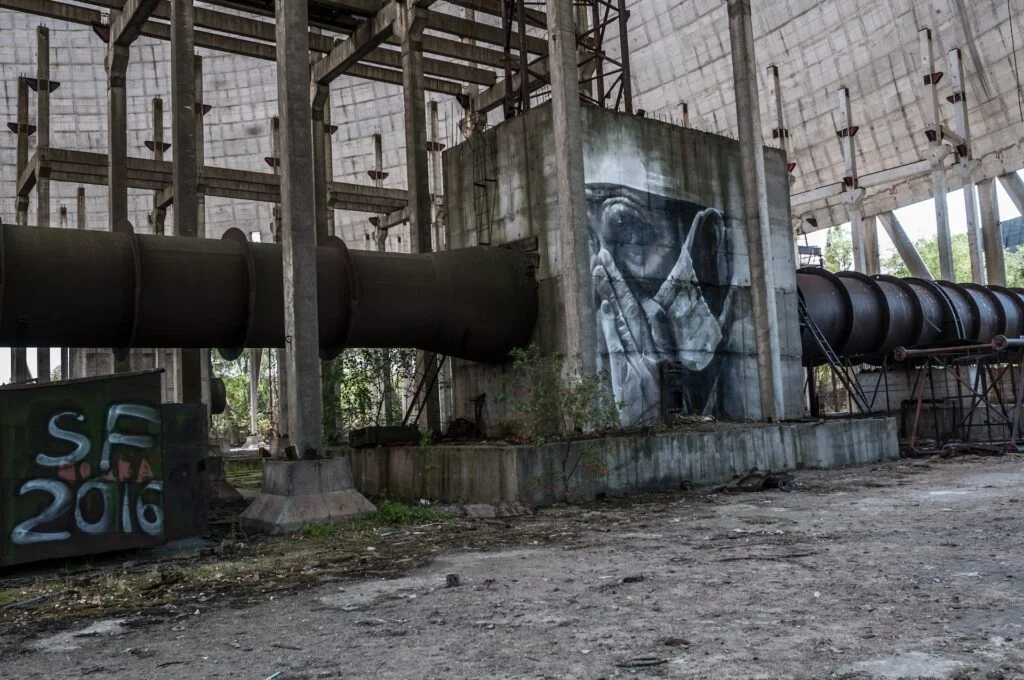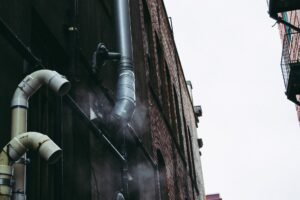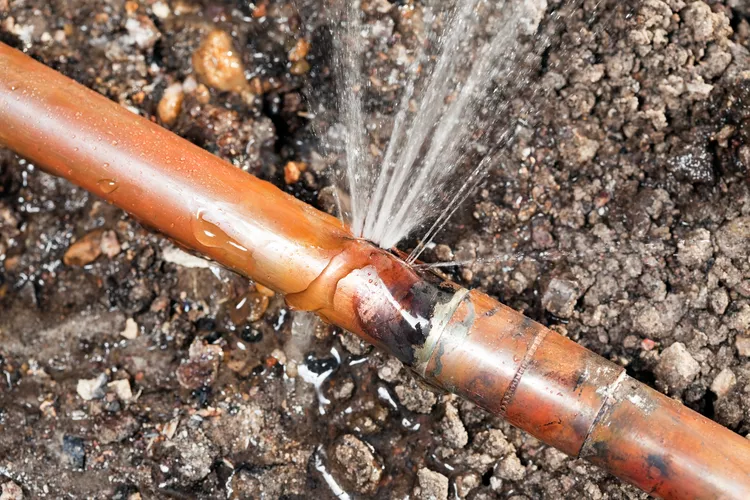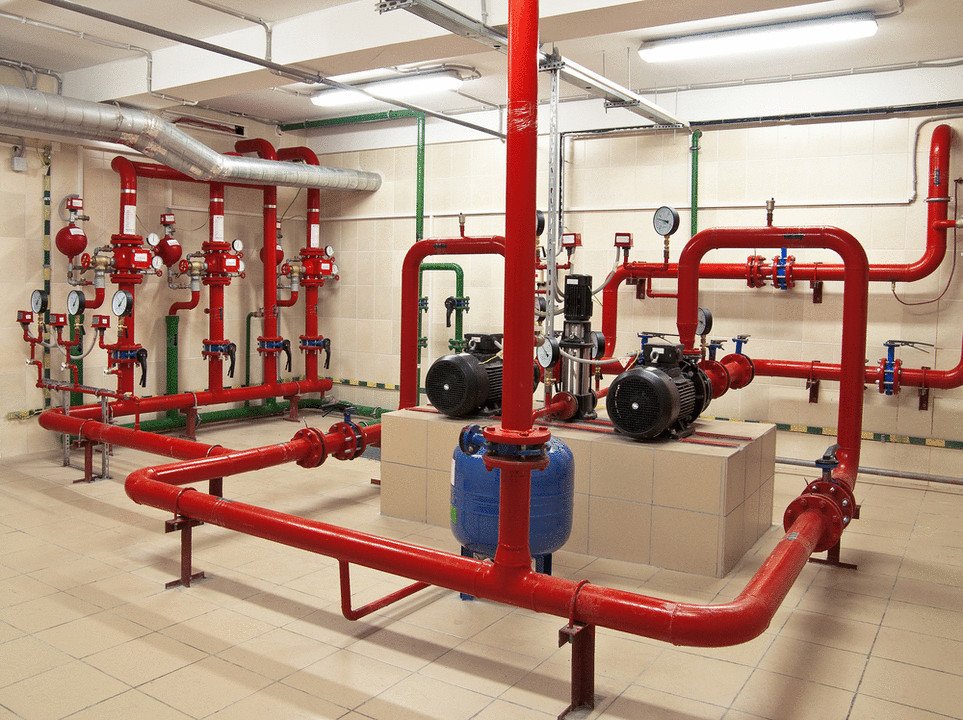Innovations in Leak Detection Technologies for Pipework Systems
In the realm of industrial infrastructure, pipework systems play an indispensable role in the transportation of fluids, gases, and other substances critical for various processes. However, with great complexity comes the potential for vulnerabilities, one of the most concerning being leaks. These leaks can lead to significant losses in resources, environmental damage, and even pose safety hazards. Detecting leaks promptly is paramount, and recent innovations in leak detection technologies have been instrumental in enhancing the reliability and efficiency of pipework systems.
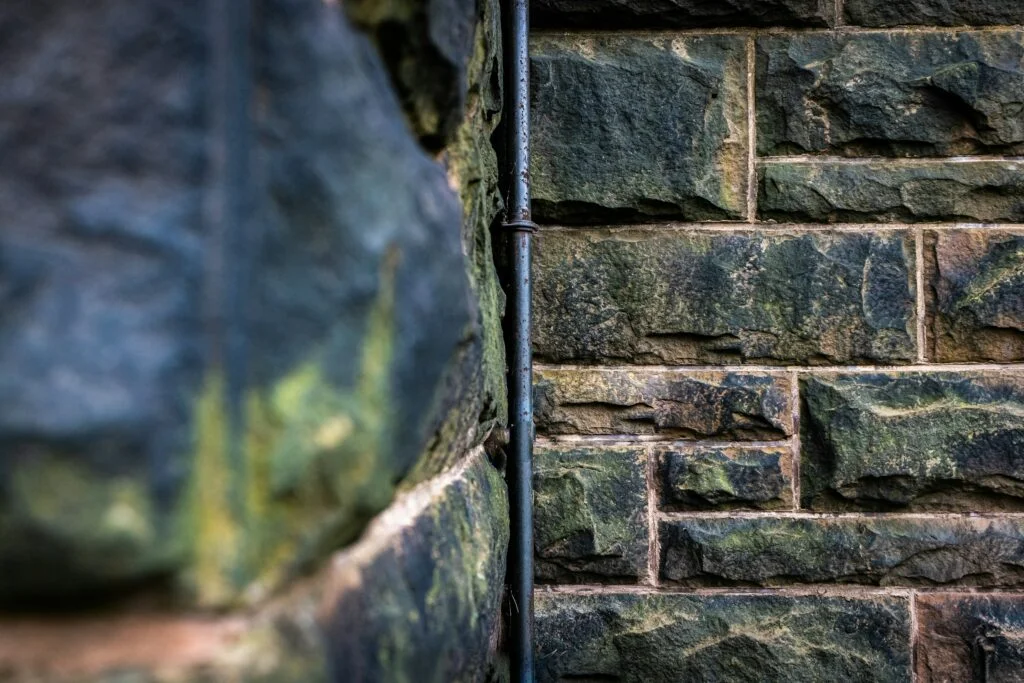
Introduction to Leak Detection Technologies
Pipework systems span across diverse industries, including oil and gas, chemical processing, water management, and more. Traditional methods of leak detection often relied on manual inspection or basic sensor technologies, which were not always efficient or reliable. However, advancements in technology have led to the development of sophisticated leak detection systems capable of pinpointing leaks quickly and accurately.
Remote Monitoring Systems
Remote monitoring systems have emerged as a game-changer in leak detection. These systems utilize sensors strategically placed along the pipeline network to continuously monitor parameters such as pressure, flow rate, temperature, and acoustic signals. Any deviations from normal operating conditions trigger alerts, enabling operators to swiftly investigate and address potential leaks. Moreover, advancements in wireless communication technology have made it possible to remotely access and analyze data in real-time, facilitating prompt response and minimizing downtime.
Fiber Optic Sensing
Fiber optic sensing represents a cutting-edge technology that has revolutionized leak detection in pipework systems. By embedding fiber optic cables along pipelines, operators can detect changes in temperature, strain, and vibration caused by leaks or external interference. Distributed Acoustic Sensing (DAS) and Distributed Temperature Sensing (DTS) are two prominent techniques that leverage fiber optic sensing for leak detection. DAS detects acoustic signals generated by leaks, while DTS measures temperature variations associated with fluid escaping from the pipeline.
Advanced Data Analytics and Artificial Intelligence
The integration of advanced data analytics and artificial intelligence (AI) algorithms has significantly enhanced the accuracy and efficiency of leak detection systems. By analyzing vast amounts of sensor data in real-time, AI algorithms can identify subtle patterns indicative of leaks with a high degree of precision. Machine learning models trained on historical data can continuously improve their detection capabilities, making them increasingly adept at distinguishing between genuine leaks and false alarms.
Satellite Imaging and Geospatial Analysis
Satellite imaging and geospatial analysis have emerged as powerful tools for detecting leaks in large-scale pipeline networks, particularly in remote or inaccessible areas. Satellite sensors equipped with infrared technology can detect anomalies such as thermal emissions associated with leaks. Coupled with geospatial analysis techniques, operators can precisely locate and assess the extent of leaks over vast geographical areas, facilitating rapid response and mitigation efforts.
Ultrasonic Leak Detection
Ultrasonic leak detection is another innovative technology that offers high sensitivity and accuracy in detecting leaks in pipework systems. Utilizing ultrasonic sensors, this technology can detect the high-frequency sound waves generated by escaping fluids, even in noisy environments. By precisely pinpointing the source of leaks, ultrasonic leak detection systems enable targeted maintenance interventions, reducing downtime and minimizing operational disruptions.
Drone-based Inspection
Drone technology has transformed the landscape of pipeline inspection and maintenance, offering unprecedented accessibility and efficiency. Equipped with high-resolution cameras, infrared sensors, and gas detection capabilities, drones can inspect pipelines from the air with unparalleled precision. In addition to detecting leaks, drones can also identify potential integrity issues such as corrosion, erosion, or structural damage, allowing operators to proactively address maintenance needs.
Integration with Predictive Maintenance Systems
The integration of leak detection technologies with predictive maintenance systems has enabled a proactive approach to pipeline management. By continuously monitoring the health and performance of pipework systems, predictive maintenance systems can anticipate potential leaks based on patterns of degradation or anomalies in operational parameters. This predictive capability allows operators to schedule maintenance activities preemptively, minimizing the risk of unplanned downtime and costly repairs.
In conclusion, innovations in leak detection technologies have transformed the way pipework systems are monitored and maintained, enhancing reliability, safety, and operational efficiency across various industries. From remote monitoring systems and fiber optic sensing to advanced data analytics and drone-based inspection, these technologies offer unprecedented capabilities for detecting and mitigating leaks promptly. As the demand for more sustainable and resilient infrastructure grows, continued investment in research and development is crucial to further advancing the capabilities of leak detection technologies and ensuring the integrity of pipework systems for years to come.

